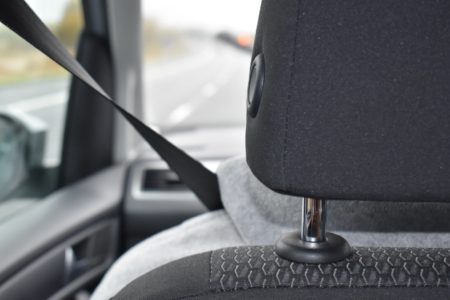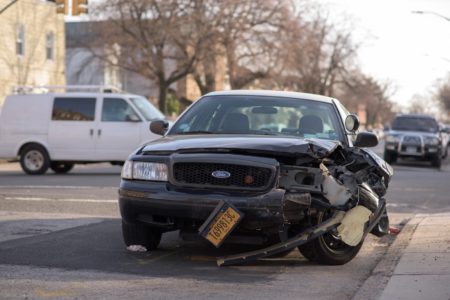Living in Canada is a wonderful blessing. We have so many luxuries, health care, multiculturalism, community, and 4 beautiful seasons. This means that when someone is learning to drive, they need to learn in ALL 4 seasons, not just summer or spring when it is easiest and there are no weather obstacles.
Winter driving is very difficult and is the scariest season to drive in. But, if properly trained and given lots and lots of practice, you will be more confident and avoid collisions. Attached is a video compilation of cars and trucks crashing on icy roads. Most of them are speeding and don’t see the black ice, which is why they crash.
https://www.youtube.com/watch?v=JDsclaXxy6c
In Canada, we get tons of snow. It is not unusual for the temperature to get as cold as -25, for a windchill to be on top of that, which causes the roads to be very slippery, lacking traction, and the visibility to be negligent. It is so important that all novice drivers get practice driving in winter conditions, on all varieties of roads – from residential streets, to highways, freeways, roads without guardrails, unpaved roads, etc.
The best way to stay safe is to drive slowly. Go at least 10km under the speed limit, as long as it doesn’t impede the flow of traffic. The stopping distance of a car during the winter is much more (meaning it takes longer for the car to stop), so keep even more space between you and the cars around you. This also means that if you’re approaching a stale green light (yellow light is imminent), where you normally might have time to stop for it, you likely cannot in winter driving conditions.
Anticipate that there will be black ice, and know that as wonderful as it is to live in a country that is so multicultural, a lot of people who aren’t from here but live here may never have seen snow, let alone driven in it. Not to mention that fact that driving ‘rules’ (or lack thereof), in other countries are not like ours. As a winter driver, you need to bear all this in mind, be anticipatory, keep a safe distance, and drive slowly and defensively.

How the Demerit Point System Works in Ontario
Demerit points are used to keep the roads safe by revoking licence privileges from repeat-offenders or drivers who commit serious infractions. As a driver in Ontario, you will receive a warning letter if you accumulate 6-8 demerit points, a second warning letter for 9-14 demerit points, and a 30-day licence suspension for 15 or more



